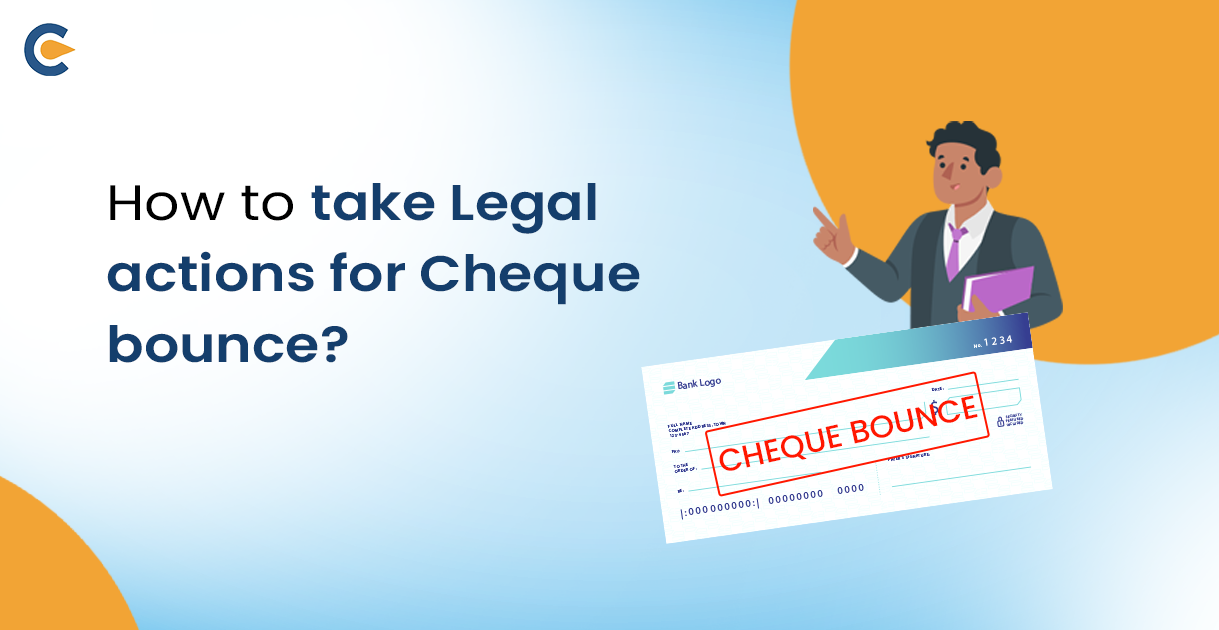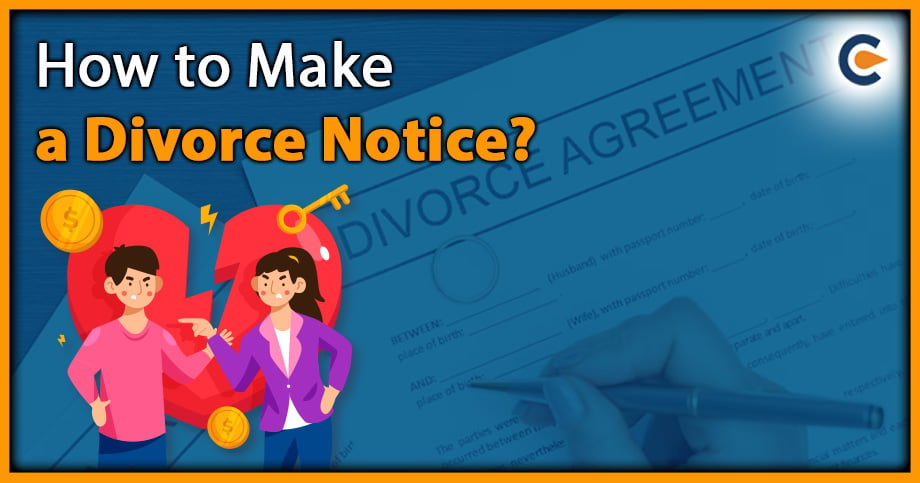A cheque has been defined under section 6 of the Negotiable Instrument Act of 1881 as a bill of exchange or instrument that serves as a means of payment that encourages cashless transactions and makes carrying a cheque easier than carrying cash. People prefer to use cheques when making large or expensive transactions in order to reduce the risk of theft, forgery, or damage/ loss to the bill of exchange. In any financial transaction, there are three parties involved, i.e. the drawer who makes the instrument, the drawee, the entity who has to disburse the funds, and the payee in whose favour the cheque is to be made. A cheque remains valid for a period of 3 months from the time of executing the instrument.
Consequences of Cheque Bounce
A Cheque or a bank cheque is a written commitment or instrument made by the payer or maker of the instrument to the payee against a legal obligation to make a payment. At times, the bank of the payer or the bank of the payee declines to keep this commitment. There could be several causes for this “decline”. The cheque bounced in this situation and is referred to as a “dishonoured cheque.” As the Consequences of Cheque Bounce Notice and legal actions for cheque bounce are available to 138 of the Negotiable Instruments Act, 1881 (NI), tendering a forged cheque or a fake chequeis a crime that carries a maximum two-year jail sentence, a fine up to double the value of the cheque or both. Cheque bounce cases: a cheque bounce can happen for a number of reasons, but if the reason is a lack of funds in the drawer’s account, the NI Act of 1881 makes it a criminal offence. In order to mitigate the instances of cheque bounce, the RBI recently released guidelines and advisory stating that drawers of cheques and other fictional instruments must keep a minimum amount in their bank to prevent missing tax payments.
In light of the remedies for bounced cheques or legal actions for cheque bounce, acase needs to be filed within 45 days after the legal notification is sent. If a cheque bounces three times in a three-month period, you have the right to notify the defaulter within 30 days of the day the cheque was present before the bank. Additionally, you have 30 days from the date of the cheque bounce to respond to the notice of cheque bounce.
Notice for Cheque Bounce
In repose to Legal actions for cheque bounce, the aggrieved party must issue a notice to the drawer of the cheque of the instrument, under section 144 of the NI Act, 1881, within 30 days from the date of the bounced cheque being presented to the bank. Upon receiving the notice of legal actions for cheque bounce, the drawer must make the necessary payment of this due amount within a period of the next 15 days if the recipient does not comply with the demands of the notice within the given time period. If the drawer does not pay within these fifteen days, a criminal complaint must be filed with the court within thirty days of the fifteen days having passed. In the event that your funds are halted due to cheques that bounce or are dishonoured, the first step in getting your money back is to serve a legal notice in Cheque bounce cases.
Legal Actions for Cheque Bounce
When the cheque or a bill of exchange bounces, the first step the payee must take is to send the notice to the drawer, giving consequences of the cheque bounce notice and giving a person a chance to repay the amount, but if the person doesn’t comply with the notice, then legal actions for cheque bounce can arise against the person. Before initiating a legal course, the payee must first verify the following aspects with respect to the Cheque bounce cases –
- The Bounced cheque should be present before the court within a period of 3 months from the date of execution of the instrument.
- The cheque should have been rejected by the bank due to the reason of “insufficiency of funds.”
- The drawee makes a demand for the payment of the cheque amount by issuing the cheque bounce notice.
- The legal notice for cheque bounce must be sent within 30 days
- After the recipient of the notice, the recipient of the notice (drawee) must have filed to make payment of the due amount within a period of 15 days, i.e. 45 days from the date of the execution of the cheque.
Procedure to be followed in Cheque bounce cases
Following the service of notice under section 144 of the NIC Act to the drawer of the cheque for cheque bounce, the recipient does not repay the amount within a period of 45 days, and the payee has the right to approach a court for adequate remedies. The procedure to be followed in Cheque bounce cases is as follows –
Step 1
The person who has issued the bounced cheque receives a demand notice from the drawee. The legal notice for cheque bounce shall include all the information on the bounced cheque, such as the date of the cheque issue, amount, details of bank, bank memo, copy of the dishonoured memo, and address of the defaulter.
Step 2
Upon receiving a Notice of cheque bounce, the recipient has 15 days from the day they receive a notice to repay the amount to avoid legal proceedings. If the payee fails to make the payment, the sender of the notice is legally entitled to proceed legal action against the defaulter.
Step 3
After the expiry of 15 days from the cheque bounce notice, the payee can proceed by bringing a complaint before a magistrate court. The payee/complainant is required to appear in court and present the specifics of the matter. The complainant’s statement will be considered by the magistrate, who will then summon the drawer to appear in court.
Step 4
After filing a formal complaint with the magistrate, as Legal actions for the cheque bounce procedure, the drawer shall be asked to appear before the court and state his/her defence with respect to the complaint. The drawer shall furnish evidence and proof, and the arguments of both sides will be heard and recorded by the court.
Step 5
The court shall scrutinize and verify the evidence, documents, and statements placed before it, after which the court will issue a judgment of conviction against the drawer for the offence of cheque bounce if it determines that the drawer is liable for the offence.
Penalty for Cheque Bounce
After the cheque bounce suit is decided, the court shall deliver its verdict. If the charges are framed against the accused/drawer of the cheque and are found to be true, the court will issue a judgment of conviction against the drawer for the offence of cheque bounce if it determines that the drawer committed the crime. The payee can be punished with a monetary penalty, which may be twice the amount of the cheque, or imprisonment for two years, which may be extended, fined, or both as per the provisions of S. 406/420 of the Indian Penal Code,1860.
Conclusion
In the wake of the COVID-19 pandemic, the government decriminalized section 138 of the NI Act, meaning that the cheque bounce is not a major offence. Yet, every day, the number of cheque bounce cases is only on the rise due to a surge of commercial transactions between entities and intuitions. Legal actions for cheque bounce are available to the payee or to the party to whom the payment was obligated as serving legal notice. If the drawer does not comply with the legal notice or replies to the same within the stipulated time -frame, the payee has the right to file a criminal complaint with the court under section 138 of the NI Act or take legal actions for cheque bounce. Post complaint filing, the magistrate issues summons to the payee, and the person/entity has to furnish evidence and proof in their defence. Based on the evidence and proof, the court can award a penalty to the drawer of the instrument if the conviction is made out.
Frequently Asked Questions (FAQs)
What is a cheque?
A cheque has been defined under section 6 of the Negotiable Instrument Act of 1881 as a bill of exchange or instrumentmade by the payer or maker of the instrument to the payee against a legal obligation to make a payment. Legal actions for cheque bounce entail a legal process of establishing the dishonour of the cheque tendered by the drawer by the bank, followed by serving a legal notice by the payee of the aggrieved party.
What is Cheque Bounce?
If the maker of the cheque or the payer tenders the instrument in your name or the name of your company and the cheque gets dishonoured or cancelled upon being presented to the bank, the same is known as the cheque has bounced.
Is Cheque Bounce a Criminal Offence?
Yes, tendering a cheque that is invalid or dishonoured by the bank is a criminal offence punishable under the Negotiable Instrument Act of 1881 and the Indian Penal Code of 1862.
What are the most common reasons for cheque bounce?
The most common reasons for cheque bounce are insufficient funds, expired validity of cheque, damaged or overwritten cheque, mismatched signature or incorrect information, etc.
Who can send a notice under Section 138 for Cheque Bounce?
The drawee or the person can issue the notice under Section 138 of the Negotiable Instruments Act, 1881, to the defaulter of the amount as the Legal action for cheque bounce.
What are the Legal actions for cheque bounce available to the payee?
The legal actions for cheque bounce available to the payee is sending a legal notice to the drawer of the cheque. If the drawer does not respond to the legal notice, the payee can file a criminal complaint with the magistrate and proceed with filing a lawsuit to recover the amount.
What is the validity of a Cheque?
A cheque remains valid for a period of 3 months from the time of executing the instrument.
Can police take legal actions for cheque bounce?
The NI Act specifies the process for bounced cheques. It is specifically stated in Section 142 that a court cannot try an offence under Section 138 unless a written complaint has been filed with the magistrate. As a result, in situations of cheque bounce, no police report may be filed and police cannot take legal actions for cheque bounce.
What is the maximum time for a cheque bounce case?
As per the Negotiable Instrument Act, a Legal notice must be sent to the drawer of the cheque within 30 (days) of the cheque being dishonoured.
What is the punishment for a cheque bounce?
If the charges against the drawer are proven in the court, the drawer of the instrument can be punished with a monetary penalty, which may be twice the amount of the cheque, or imprisonment for two years, which may be extended, fined, or both as per the provisions of Section 406 or 420 of the Indian Penal Code,1860.
Read Our Article: Understanding The Cheque Bounce Law In India











